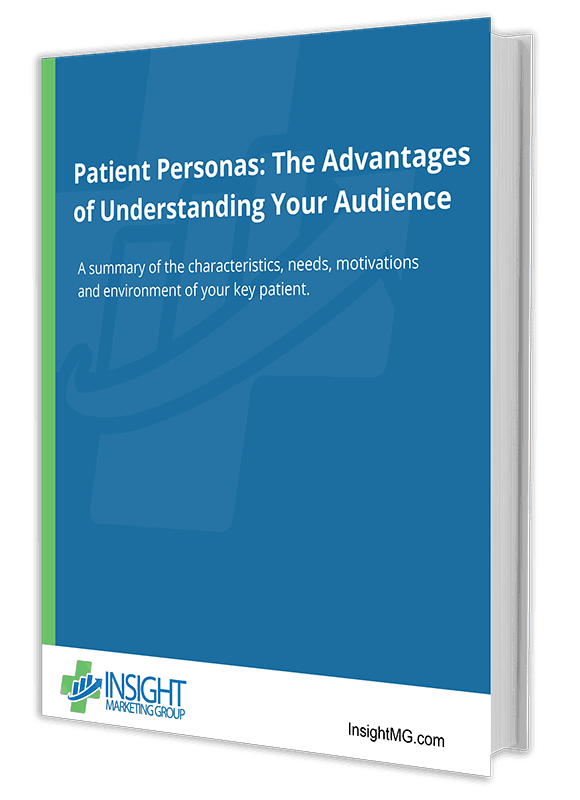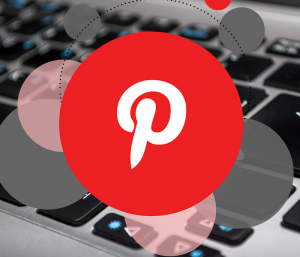 If you’re scratching your head right now asking yourself “what the heck is Pinterest?” you’re in good company. You probably wouldn’t be surprised to learn that many of your medical colleagues don’t have the slightest clue about the enormous patient-generating potential Pinterest can offer your medical practice.
If you’re scratching your head right now asking yourself “what the heck is Pinterest?” you’re in good company. You probably wouldn’t be surprised to learn that many of your medical colleagues don’t have the slightest clue about the enormous patient-generating potential Pinterest can offer your medical practice.
Did you know Pinterest has a 50% higher conversion rate than any other social media platform? When used effectively, Pinterest can be an invaluable tool for you to enhance your brand, build relationships with referring practices, and expand your reach with a targeted, engaged, and decision-making audience.
So sit back and relax. In this article we’ll unpack:
- What Pinterest is
- Why it matters
- How to get started
- 6 ways you can use Pinterest to drive more patients through the front door
What Exactly Is Pinterest?
Pinterest is a social media platform where users can post and share content to virtual collections called pinboards (known simply as “boards”). Since it was first launched in 2010, Pinterest has become a bonafide social media superstar.
Originally embraced by future brides, interior decorating enthusiasts, and recipe lovers, the virtual pinboard now boasts over 150 million users. Pinterest is also home to more than 75 billion ideas spanning everything from millennials looking for the perfect gift to technology buffs sharing the next best thing, to DIY and home improvement aficionados sharing advice, to orthopaedic patients looking for back surgery recovery tips.
The platform’s demographic has been dominated by women (81% of users are female) and 45% of American women use Pinterest. However, that demographic is changing fast; in 2015, male use on the site skyrocketed 120%, and 40% of all new signups are from men.
Why It Matters
Ideas are the main reason both people and businesses engage with Pinterest. However, more and more, users are logging in to shop and find services. According to industry research, over 85 % of ‘Pinners’ have bought something they’ve seen on the platform, while almost 95% use the site to plan future purchases.
Where healthcare is concerned, given that most users are household women who are the ones making healthcare decisions, Pinterest provides your practice with a golden opportunity to reach a key decision-maker in their own virtual backyard.
If you’re not already taking advantage of Pinterest to boost your practice online, or haven’t taken it seriously until now, the following facts make Pinterest’s appeal to medical practices hard to ignore.
Market studies show that the half-life of a Pinterest pin is more than 1,600 times longer than a Facebook post. According to Wisemetrics, the average half-life of a post is around 24 minutes on Twitter and 90 minutes on Facebook. Contrast that with Pinterest where pins receive half of their visits after three and a half months!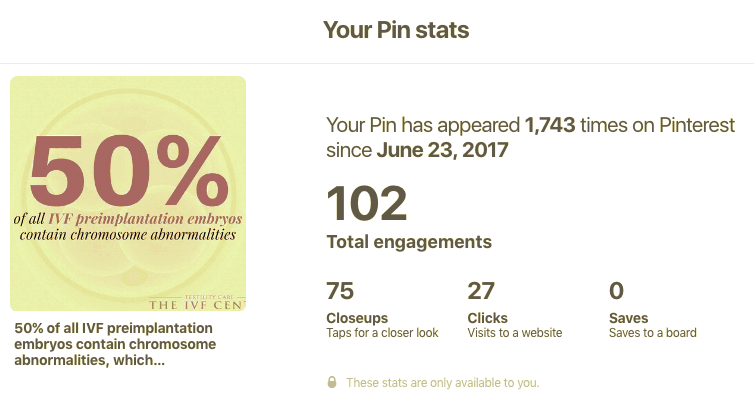
The average Pinterest user spends almost fifteen minutes pinning every time they log in. Here are some other mind-blowing facts that should make doctors and medical marketing managers stand up and take notice:
- 72% of Pinterest users visit the site to choose what to purchase offline
- 67% of Pinners are under 40 years of age
- Over 5% of all website referral traffic comes from Pinterest, second only to Facebook
- 80% of users access Pinterest through a mobile device
Coupled with these remarkable traffic stats are impressive sales numbers: a recent study showed that a single pin produces roughly $0.78 in sales. Would your medical practice like to see a 5% jump in daily website traffic and earn $0.78 every time someone clicks a button? We thought so.
And unlike Facebook or Twitter where you have to constantly update your posts to be seen, on Pinterest, an engaging, interesting, and useful post will continue to grow and work for you over time (we call this “evergreen” content).
With Pinterest’s sizeable user base, chances are that your medical practice has a ready and willing community on Pinterest. People typically visit Pinterest to find solutions to problems or be inspired, and your practice can certainly help prospective patients in either category.
With the number and diversity of its users growing annually, Pinterest is an ideal way to get your medical practice in front of a broader demographic. From millennials to GenXers, to Boomers, your practice’s reach and influence on Pinterest can spread and amplify well beyond those who normally visit your website or Facebook page.
Getting Started on Pinterest
So you’ve decided that you’re ready to dive into Pinterest and increase your audience but getting started on the platform might just make the hairs on your arms stand up a bit.
Not to worry.
The process is simple and painless. Below we’ll outline the basic steps you need to take to get the ball rolling and create your very own business account.
Step 1: Create a Business Account
To start off, you have two options to choose from: you can start a new business profile or you can convert your personal profile into a business page. Here’s how to do both.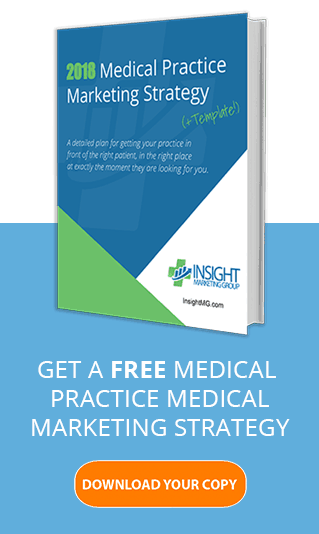
- Create a New Business Account
- Visit Pinterest for Business and click on “Join as a Business”
- Fill in the details about your practice as well as the account manager
- Read and accept the Pinterest Business Terms of Service and then click on “Create Account.”
- Turn Your Personal Profile into a Business Account
- Log in to your Pinterest account
- Cick on Pinterest for Business
- Click “Convert now”
- Fill in your information and click “Convert”
All the existing information from your personal account will be preserved and transferred to your business profile including your followers, pins, and boards.
Step 2: Set up Your Practice Profile
- Upload your headshot or practice logo
- Choose your username — this gives you the opportunity to accurately reflect your practice and design your URL exactly how you want it
- Complete your bio including search optimized keywords
- Fill in the information that will resonate and connect prospective patients to you: write what inspires your practice and what topics you will be pinning about
- Add your location and verify your website in order to have access to Pinterest analytics
Pinterest users are a visual bunch so keep a visual perspective when completing your practice profile and biographical information. Clearly communicate your practice’s vision, goals, and passion to make it easy for “pinners” to connect with you.
Step 4: Create Pinterest Boards
Now you’re ready to set up your first Pinterest Boards. It’s important to be strategic with naming your boards and using keywords, terms, and phrases to describe them. Boards are searchable, so it’s critical to use keywords that other Pinterest users often use.
For example, your practice could have a combination of boards with specific names such as ‘pain management’ and ‘sports medicine.’ Writing powerful and focused descriptions of your boards and updating them regularly will ensure your followers are engaged and that your boards are easy to find.
Step 5: Share, Create, and Pin Content
After you’ve set up your practice boards, you’ll want to keep your followers involved and interested by regularly posting and sharing relevant content. You may want to begin by pinning several pieces of content to each board to fill up the thumbnails displayed on each of your boards.
Sharing your own content is important, but Pinterest is also about sharing other meaningful articles related to your subspecialty. This can be an effective way for you to build relationships with referring practices.
Step 6: Spread the Word
Let your patients and community know that you’re on Pinterest and give them the inside track on all the fantastic information they can find on your page. Here are a few ideas you can use to get your audience excited about your Pinterest page:
- Write a short blog post about Pinterest as it relates to your subspecialty and include a call-to-action to follow your practice Pinterest page
- Email your subscriber or newsletter list, give them the good news, and invite them to visit your Pinterest page
- Include your Pinterest page link under your email signature
- Add the Pin It widget or a Pinterest share button to your website and blog
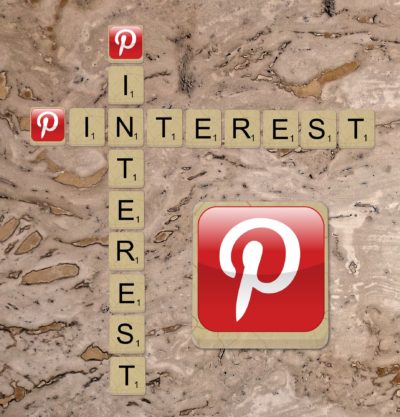
Developing a Pinterest Strategy
Your can leverage Pinterest to effectively market your practice, engage current and future patients, reach colleagues and professionals able to refer patients to your practice, and provide readers with up-to-date and relevant health information. Below we’ll describe 6 ways you can do just that.
- Educate your patients and readers
Pinterest is a visual social media platform, and medical practices can use powerful images and graphics to connect with, reassure, and educate patients. For example, a medical spa can promote medical weight loss and skin care services with before and after pictures of patients’ positive results. They can also post images of what patients can expect during a skin care injectable procedure to help alleviate the anxiety some women may feel about the process.
- Be a health resource for mothers, spouses, and kids
Moms and female spouses comprise 75% of Pinterest users, representing a sizeable group of women whose top priority is to keep their kids and family healthy. A pediatric practice could position itself on Pinterest as an authority on child and family health by posting nutritious, kid-friendly recipes, addressing common health concerns, and offering healthy lifestyle tips.
Female heads of households also require medical services. Pinterest offers medical practices of all subspecialties opportunities to connect with mothers, grandmothers, and moms-to-be, and in the event of a family healthcare urgency, give that practice an inside track in the hearts and minds of potential patients.
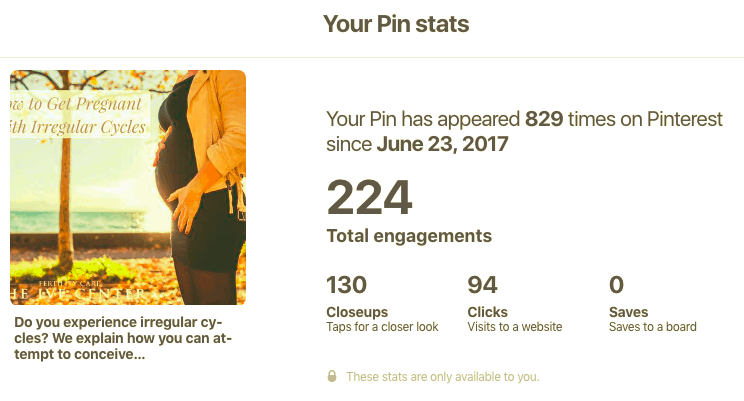
- Control your online message
Your Pinterest page can bolster your online and website’s efforts to create a credible and secure space for past, current, and future patients. As with your Facebook page, Pinterest can act as an extension of the message you want to send out to the digital community. The Internet can be a place of inaccurate and distorted health information, especially where your subspecialty may be concerned. Your Pinterest page can help restore the confidence of patients and their families that the content and information they are consuming has been researched and approved by a certified medical authority.
- Maintain ongoing dialogue and connection with your patients
Often the patient journey doesn’t end with a visit to your office, or even after the treatment you provide. Recovery, rehabilitation, and follow-up play integral roles in the full healing process. Pinterest gives your practice an innovative and effective way to continue the dialogue with your patients. When treatment ends, your patients can still feel connected to you and share that rapport and gratitude with their friends and family.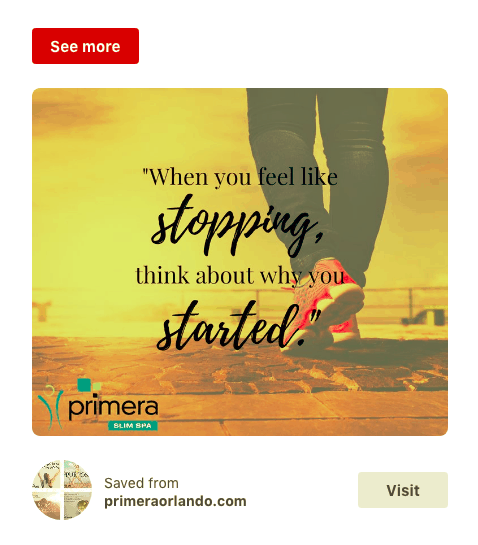
- Connect your patients to relevant health information
Pinterest allows you to do more than just post visual content. On your boards you can link back to pertinent health information from other subspecialty organizations, educational resources and support groups, recommended reading, and relevant news releases.
For example, an oncology- cancer care clinic may develop a board focused on resources for cancer patients such as coping with cancer, advocacy and support groups, and educational and research links. This establishes your practice as a reliable and credible source of information.
- Create boards that exemplify your practice
Create boards that reflect the mission and values of your medical practice. If you’re a medical spa you might want to create boards filled with inspiring and insightful messages, health-conscious recipes, tips for keeping weight off, and guides to different types of food and diets.
A fertility clinic could create a board with the photos and stories of past patients, giving hope and solace to an infinite number of readers. A plastic surgery practice may want to include a board with different facial types, structures, and traits to remind patients that all faces are beautiful.
Targeting your boards to your patient base is also critical for Pinterest success. An OB/GYN practice may develop boards that encourage healthy eating, advice for a healthy pregnancy, baby-naming guides, infographics describing the baby’s development until birth, baby room decorating ideas, and the latest and most comfortable maternity fashion wear.
Why Shouldn’t You Be on Pinterest? We Can’t Think of One Good Reason
Now that you know what Pinterest is all about and have the tools to get setup and stand out, we hope you’re as revved up about using it to launch your practice into the Millennial-loving stratosphere as we are.
When you boil it down, establishing your practice’s presence on Pinterest requires zero dollars and a modest time commitment. A small investment (of time and money) can reap great rewards for your medical practice down the road. One thing is for sure: Pinterest allows you to communicate the message you want to current and potential patients exactly where they are found.
